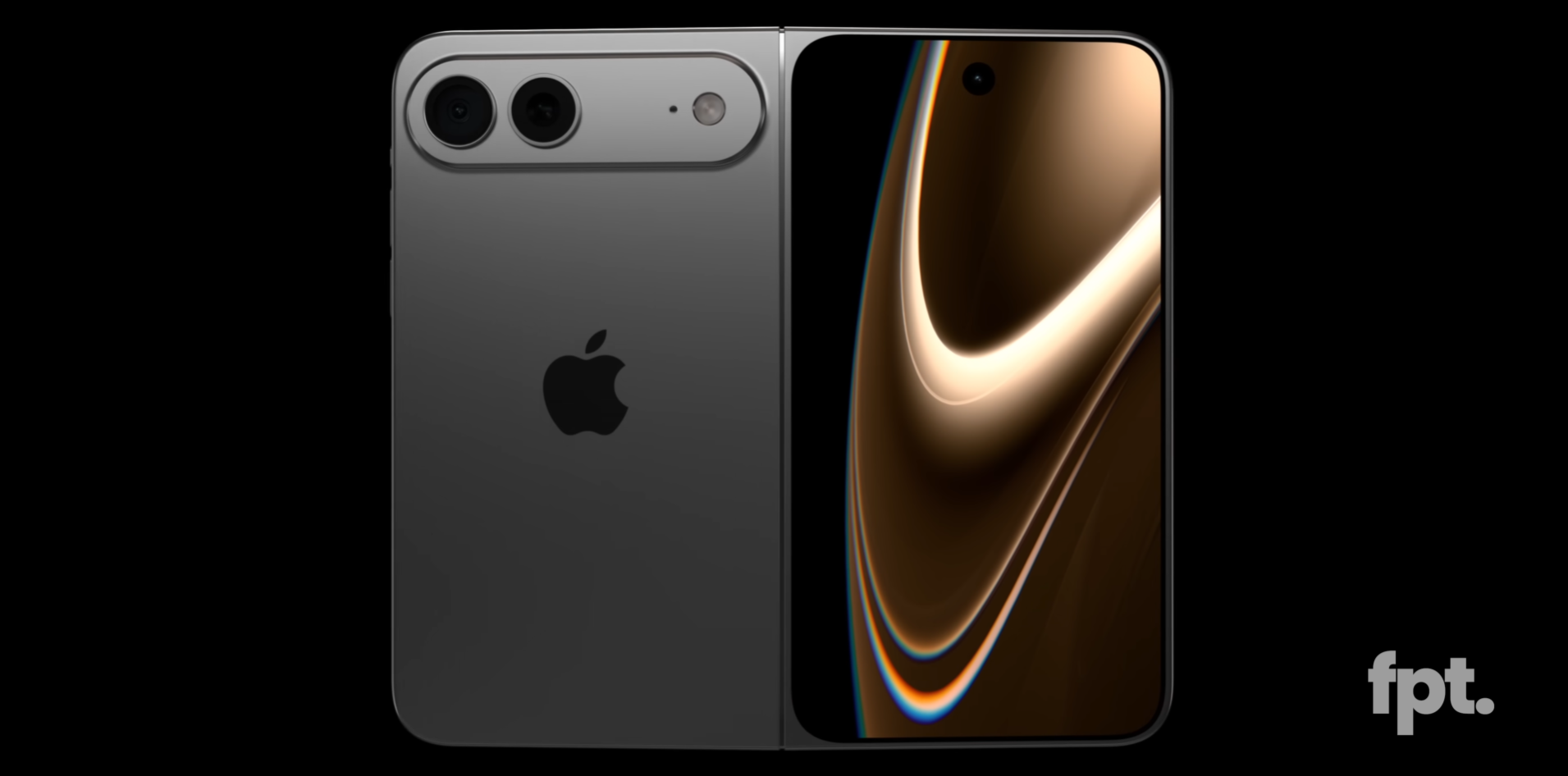7 things you should check when buying a cast iron skillet
Thinking of buying a new cast iron skillet? Read this first
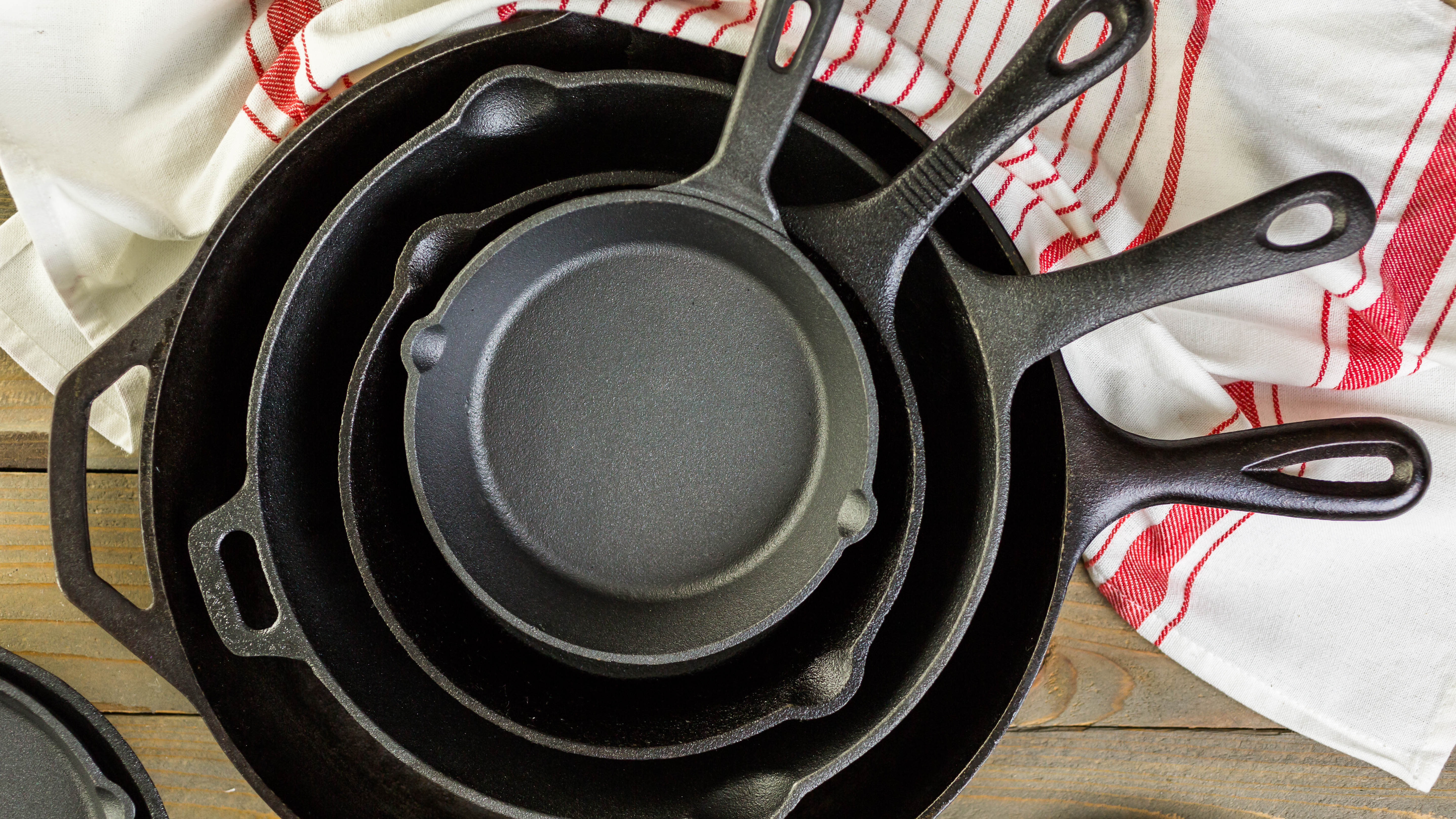
Cast iron skillets are a popular cooking tool, and for good reason — these pans create an ideal cooking environment to induce a unique flavor and texture from ingredients. Heat is distributed and retained throughout the iron, giving it the ability to create a delicious sear in a matter of seconds. Plus, thanks to the hardiness of cast iron, this cookware is likely to stand the test of time.
But, even if you’re using one of the best cast iron skillets, there are 5 signs it’s time to replace your cast iron skillet. When the time comes, you need to know what to look for when picking out a new pan. This is essential, because choosing the right cast iron skillet can mean the difference between a good and a great performance. And considering how long this cookware can last, it’s not a decision you want to get wrong.
Whether you’re looking for a replacement, or you’re out to buy your first cast iron skillet, we can help. Here are 7 things you should check when buying a cast iron skillet.
1. Traditional or enameled cast iron?
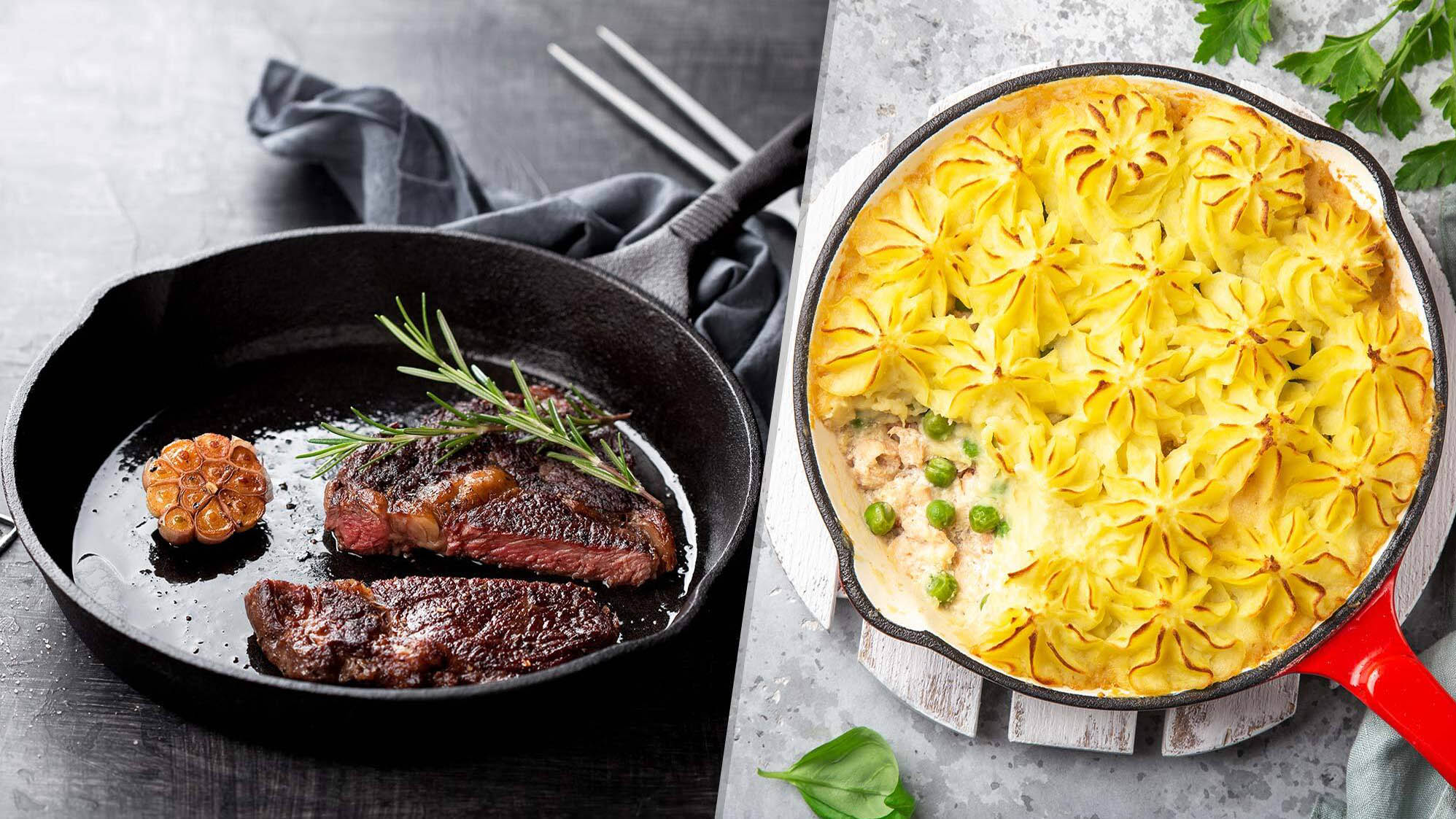
First, if you’re new to cast iron skillets, you should know that these come in two finishes: traditional and enameled. Traditional cast iron features an exposed, seasoned finish, which means it will give you a natural, non-stick surface. It will generally last longer because of its hardy nature. However, it’s higher maintenance, requiring more effort to clean. You will also need to learn how to season a cast iron skillet to keep reinstating the layer of seasoning.
Enameled cast iron features a protective layer of enamel on the surface to coat the cast iron core. It’s easier to clean, often with dishwasher-safe care instructions, (although we always recommend washing by hand, whatever the finish). It also won't require seasoning and is often finished with a colorful exterior to give it an attractive appearance. An example of the would be the Le Creuset Enameled Cast Iron Signature Iron Handle Skillet ($190, Amazon). However, these are more susceptible to damage and you will still need to apply oil to use it.
There’s no right or wrong choice between these two types of cast iron skillet. Ultimately, it depends on your needs and preferences as well as how often you intend to use the skillet. Ben Rayl, chef and food blogger at Comfortable Food, recommends sticking to traditional cast iron for regular use, and opting for enameled for occasional cooking. For a full breakdown on the differences, see cast iron vs enameled cast iron skillet.
2. Is the size suitable?

Next, you must consider if the size of the skillet is suitable for your needs. The size of each pan is generally given in inches — this represents the diameter across the surface and it can range anywhere from 3.5 inches all the way up to 20 inches. Some are small enough to fry single eggs, while others can fit entire family meals, so make sure you’re happy with the size.
Get instant access to breaking news, the hottest reviews, great deals and helpful tips.
Keep in mind that, the larger the pan, the more it can weigh and the more difficult it can be to maneuver. It will also get more expensive as the pan gets bigger, especially with an enameled finish. So only go as large as you need. But, don’t go smaller than necessary either. Otherwise, you will end up overcrowding the pan, which will trap the moisture beneath the ingredients and impair the browning. Consider how many you will regularly cook for and measure that against the surface of the pan: 10 inches will work well for 1-2 people, while families of four will require 12 inches plus.
If you regularly cook differing amounts, a set of cast iron skillets in various sizes might be best.
3. Is there a pouring spout?
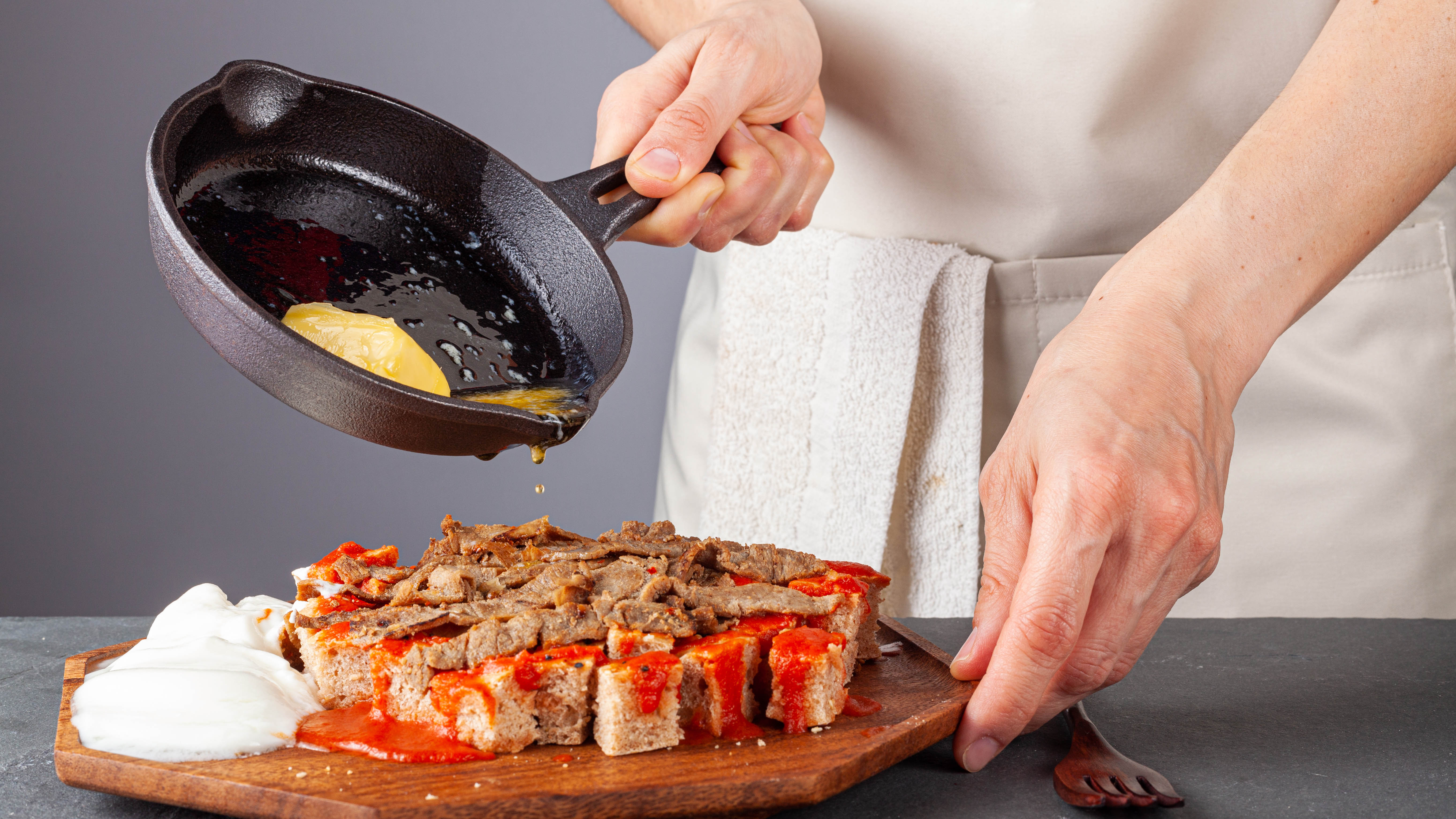
Not all cast iron skillets offer this handy design feature. As the name suggests, a pouring spout makes it easier to pour things out of the pan, which is beneficial for draining fat and oils as well as controlling liquids you may want to keep. Take the pouring spout away, and you can easily make a mess when you’re serving up.
A pouring spout should provide a clean and controlled flow of liquid out of the skillet, so it doesn’t dribble back down itself, leading to further mess. There should also be a pouring spout available on both sides of the pan, so you can empty the liquid comfortably from any angle, whether left- or right-handed.
4. How heavy is it?
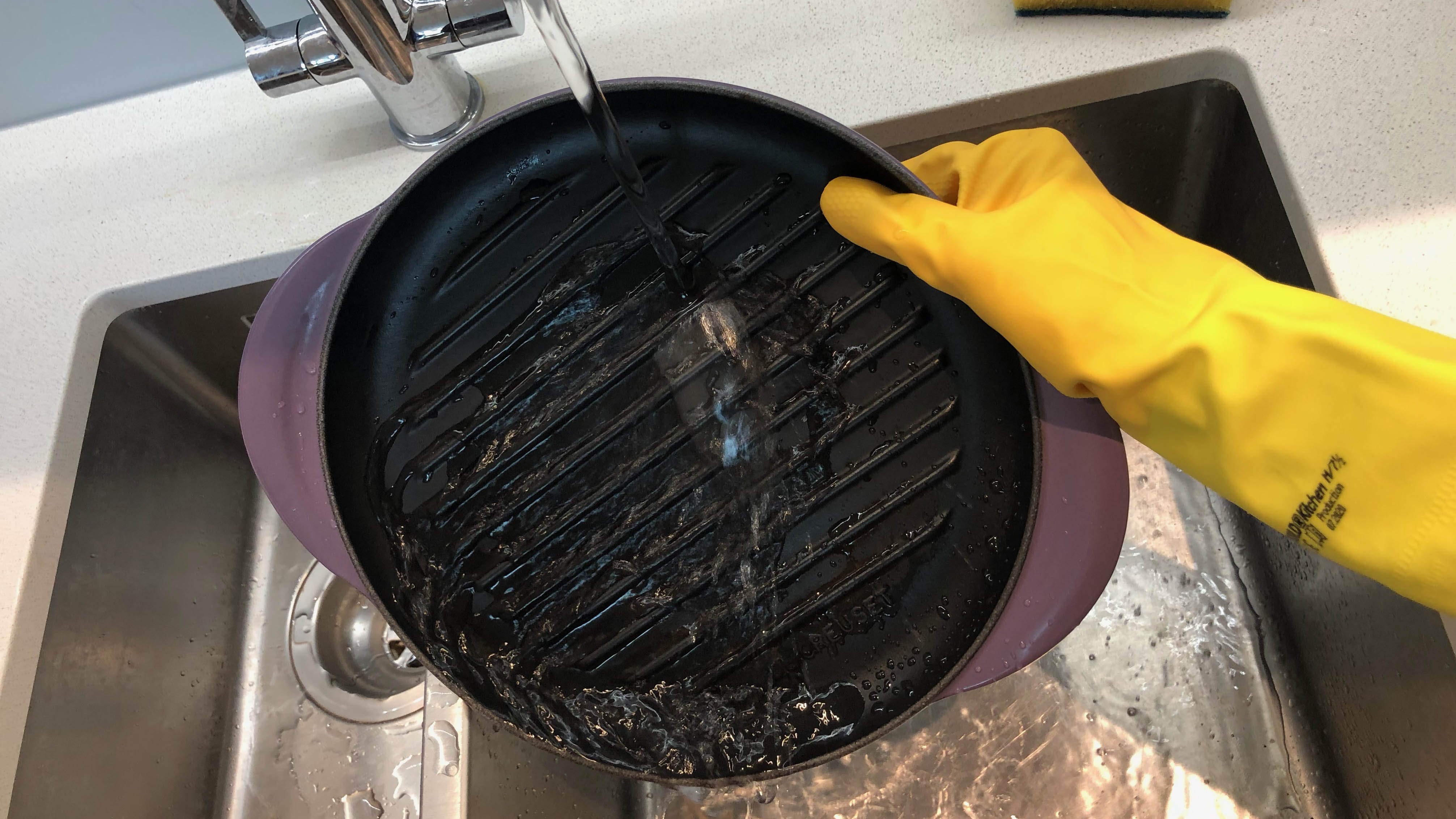
Cast iron skillets are always heavier than they look. Depending on the thickness and the size of the pan, these can weigh upwards of 22 pounds (10 kg), so it can be a lot to haul around. Considering this, be sure to check the final weight before you buy. If it’s too much for you, it will be difficult to maneuver as you cook, not to mention cumbersome as you clean.
While all cast iron skillets can be deemed as heavy, some are overly heavy, and you can opt for a lighter design while still getting great results. A thinner design naturally won’t retain the heat for as long, but equally the performance may struggle as a result of the excess weight on a heavier pan. You need to find a balance between the two so you can handle your cast iron skillet comfortably. Try practicing with the same weight at home before you buy, so you know what you’re in for.
Some cast iron skillets have a smaller handle opposite the main handle, which makes it easier to pick up with two hands. It's a helpful feature, especially with larger, heavier skillets.
5. Is it pre-seasoned?
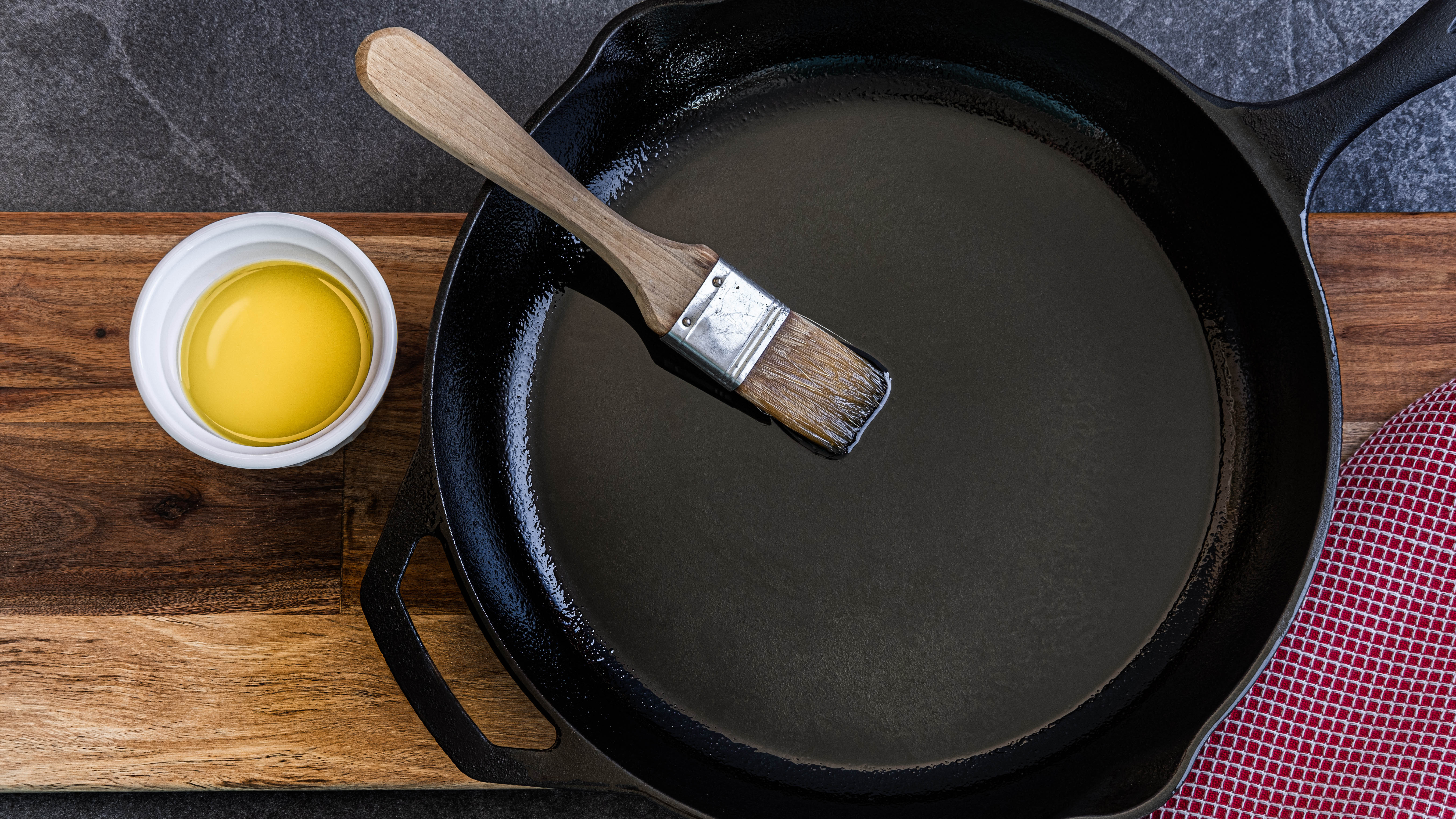
If you opt for traditional cast iron, be sure to check whether it’s arriving pre-seasoned. This is an option some skillets will come with, while for others you can pay extra for it. It essentially means your new pan is arriving with a layer of seasoning applied, so it’s technically ready to start cooking off the bat — or pan.
If your traditional cast skillet doesn’t arrive pre-seasoned, you will need to season it before your first use. This is important because an exposed surface will impact the cooking performance and leave the pan susceptible to rust as well. Here's how to season a cast iron skillet.
Even if you opt for a pre-seasoned skillet, we would recommend washing it and seasoning it prior to first use to give it an extra layer of protection. Just remember to take care as you wash it, because harsh dish soaps can damage the layer of seasoning. Here’s how to clean a cast iron skillet for full guidance.
Once you start using your cast iron skillet, you should oil it after every use and season it 2-3 times a year to keep your layer of seasoning adequate.
6. Does it come with accessories?
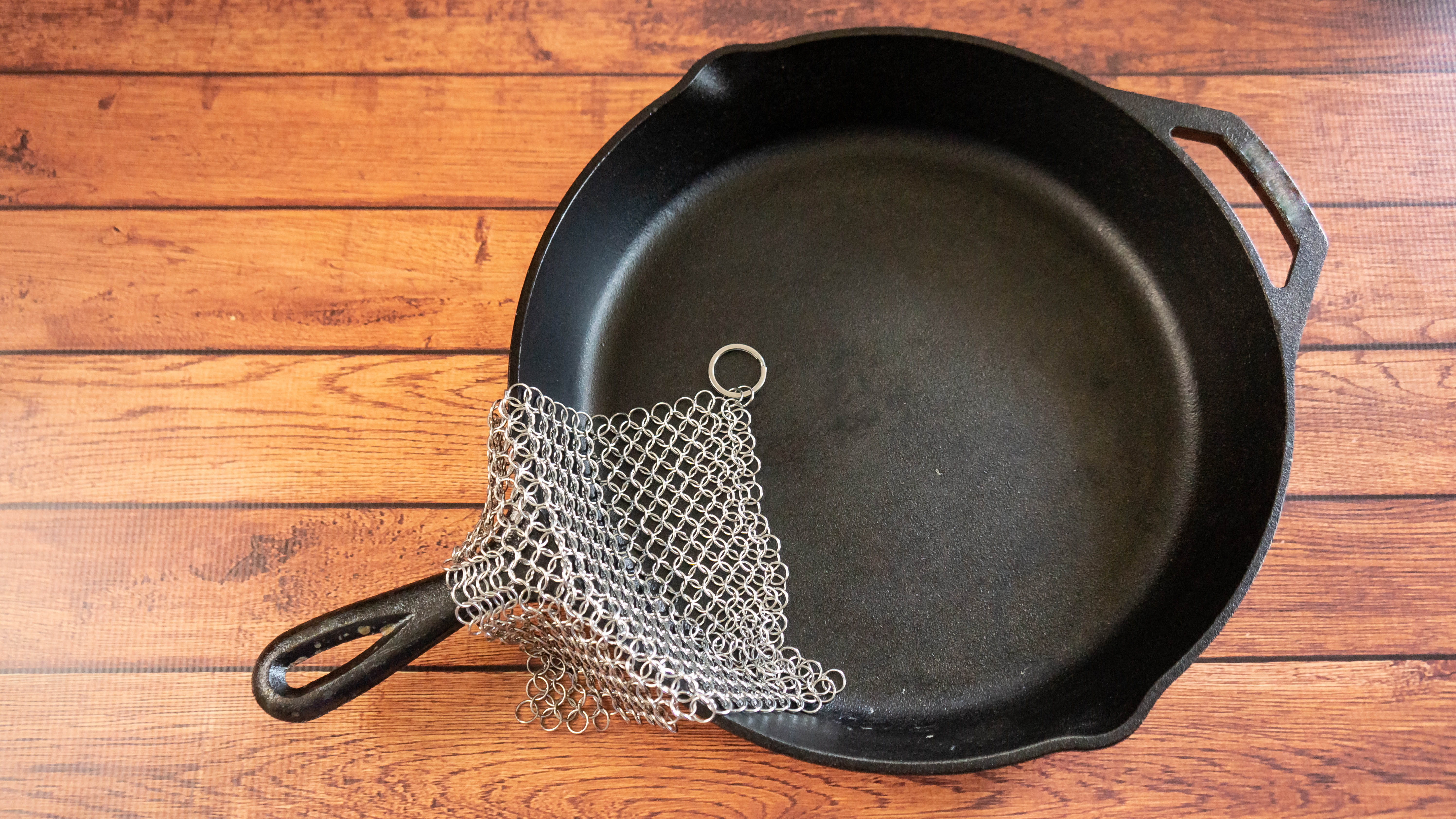
Some cast iron skillets come with useful accessories you should be made aware of. One such handy tool is a silicone handle cover. These temporarily cover the handle to protect your hands should the heat transfer to this area during cooking. We would always recommend using a silicone handle cover when cooking with cast iron as a safety precaution. If your pan doesn’t come with one, they’re widely available. An example would be the Lodge Silicone Hot Handle Holder ($6.90, Amazon).
Other useful tools include chainmail scrubbers and brushes, to help with cleaning, as well as seasoning oil. If your cast iron skillet comes with a separate lid, this can improve the versatility as well. It can function as a Dutch oven, allowing you to boil and slow cook the ingredients on top of everything else. You will need a skillet with a deeper design to take advantage of this.
7. Is it one of the best cast iron skillets?

Finally, it’s no easy feat to find a skillet which delivers a brilliant performance while adhering to your needs and preferences. Luckily, we’ve tested a range of models to find the best options for every circumstance. Whether you want a traditional or enameled design, a separate lid, or you’re simply shopping on a budget, we’ve got a recommendation.
We tested each cast iron skillet by using them at home, exactly as you would. We prepared scrambled eggs, roasted peppers and seared steak in each pan, to see how different types of ingredients fared. We even baked a pizza in each within the oven to check for evenness of heat distribution. Of course, we assessed the general ease of use and design as well. That’s why we know we’ve found the best cast iron skillets.
More from Tom's Guide

Katie Mortram used to be a Homes Editor for Tom's Guide, where she oversaw everything from kitchen appliances to gardening tools, as well as smart home tech. Specializing in providing expert advice for cleaning and home manintenance, she now works as Household Advice Editor for Good Housekeeping.
